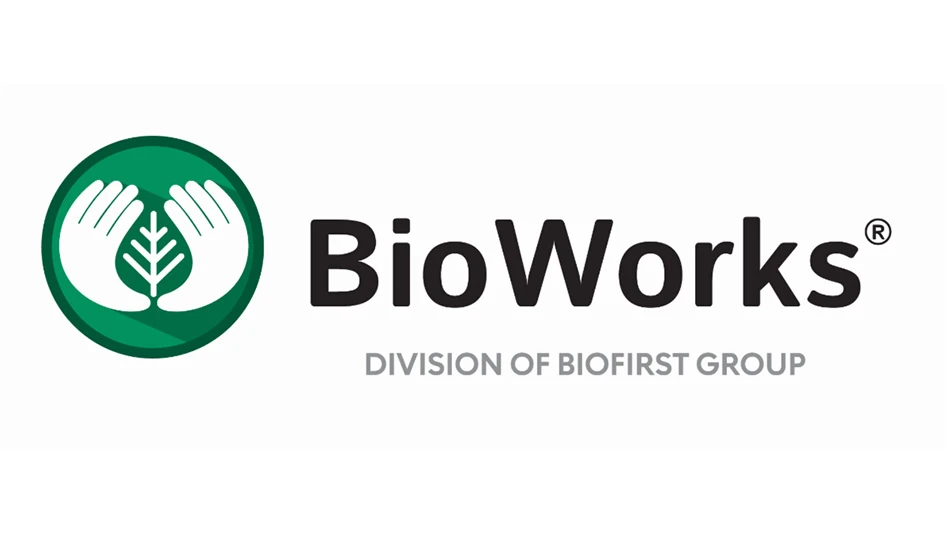|
Being just over a stone’s throw from the Atlantic, it isn’t too surprising that greenhouses here experience regular problems with shore flies. But the insects can be equally troublesome well inland, far from major bodies of water. These tiny black flies, about the size of fruit flies, are a great annoyance in high numbers as they suddenly fly off plants around and in the faces of greenhouse workers. They also leave small fecal spots on flowers and foliage, which can both spoil the appearance of plants and be objectionable on edible crops. The adults are able to carry spores of Pythium, Thielaviopsis or Fusarium, plant pathogens causing root or crown rot. And in one case, transmission of Pythium to healthy cucumbers by naturally infested larvae and adults was demonstrated, though there is some question of how serious a problem this really has been in practice. One investigator found shore fly adults causing direct damage to foliage and though I have suspected it in one case, I can’t say I have clearly seen this myself. Both adult and larval-stage shore flies feed on various kinds of algae; larvae also will feed on decaying organic matter, yeasts, and bacteria in growing medium, on benches, on floors, or other areas. Denizens of warm, moist propagation houses, our spring production areas are ideal habitats for shore flies and typically the places from which I receive most complaints. The immature stages, or larvae, are small, maggot-like creatures that are rarely observed. The pupal stage, a dark brown seed-like structure, can often be seen on rock wool or other pale growing substrates or around the edges of algae mats. Adult shore flies are sometimes confused with fungus gnats, but it is important to tell the difference. Of the two, fungus gnats can be much more damaging, as their larvae will feed directly on plant roots and stems, and they are not controlled in all the same ways. The two are fairly easy to tell apart when trapped on a sticky card: shore flies have very stubby antennae and dark wings with pale spots; fungus gnats are more slender-bodied with clear wings and very long antennae. A small hand lens or OptiVisor can help to see these features clearly. Compare the two at Tina Smith of UMass’s photo showing them side-by-side at http://negreenhouseupdate.info/photos/fungus-gnats-and-shore-flies. MonitoringAs we know, sticky cards are useful for monitoring several greenhouse pests and that includes shore flies. Some years ago, studies here found red to be especially attractive to shore flies, even more when placed horizontally, but yellow cards placed vertically, just over the crop canopy, work fine, too. In one small trial, we placed yellow cards horizontally and down the center of the bench and found, at least in one demonstration, they seemed to suppress the population substantially. Yellow sticky “hopper tape” could be an alternative. Sticky cards may be most useful, however, to provide an indication early in the crop that shore flies are present, before numbers can build to annoying levels.
Natural enemiesIn recent years we’ve noticed shore flies have been less of a problem than usual for some growers. Investigating further we’ve seen shore fly natural enemies present, often appearing on their own. Two of note include the tiny parasitoid wasp Hexacola neoscatellae (see a photo at www.greenhouse.cornell.edu/pests/pdfs/insects/SF.pdf) and Coenosia attenuata, commonly called hunter fly, has become very common in some operations in recent years. They resemble shore flies, but are slightly larger, dark grey (not black) with transparent wings. One grower called this year to complain about shore flies, but instead what he had was a healthy number of predatory hunter flies and very few (endangered) shore flies. The hunter flies had all but decimated the shore fly population and we observed several of the predators take down some shore flies on the wing. Take a look at the hunter fly photos www.nysipm.cornell.edu/nursery_ghouse/newsletters/newsletters07/fall07.asp. Unfortunately you can’t yet purchase hunter flies or Hexacola, but with any luck, they may already be present. Control optionsWhen some intervention is called for the first line of defense is eliminating or reducing algae. Diligent control of algae gives shore flies little to survive on so few flies then breed successfully. The larval stage can also be targeted with biological controls, including beneficial nematodes Steinernema feltiae or S. carpocapsae commercially available through biocontrol suppliers. Stratiolaelaps (=Hypoaspis) predatory mites can also be released, though they may not be as suited to continuously wet conditions and Atheta coriaria, a predatory rove beetle, will also feed upon the larvae. A few insecticides are labeled for larvae (they don’t control the adult flies) such as Distance, azadirachtin products (Azatin, Molt-X, etc.), Citation and Adept. But directing control at algae has been very reliable in practice. When the flies have become too numerous a light overhead spray of Conserve (or the organic version Entrust) can be used to knock them down.
While it won’t provide much residual control, we have found it does quickly and substantially reduce fly numbers and the annoyance level at least temporarily. M-Pede, though not labeled specifically for this use, acts similarly. If an M-Pede spray is already planned for control of some other labeled pest such as aphids expect some incidental control of shore fly adults. I find that growers have no trouble getting shore flies under control. As with most pest infestations, acting before it’s a problem can make a big difference. However, it’s best to check first as you may already have its natural enemies in the range working for you. Photos courtesy of Dan Gilrein
Daniel Gilrein is a frequent contributor to Greenhouse Management and an extension entomologist at Cornell University. |

Explore the December 2013 Issue
Check out more from this issue and find your next story to read.
Latest from Greenhouse Management
- Pennsylvania Horticultural Society announces 2025 Gold Medal Plant winners
- Oasis Grower Solutions announces new Southeast territory sales manager
- A nation of gardeners: A history of the British horticulture industry
- Last Word with Angela Labrum, Bailey Nurseries
- Iowa plant supplier Plantpeddler building retail complex
- This month's Greenhouse Management magazine is about native plants and sustainability
- The HC Companies, Classic Home & Garden merge as Growscape
- Terra Nova releases new echinacea variety, 'Fringe Festival'
.jpg)







